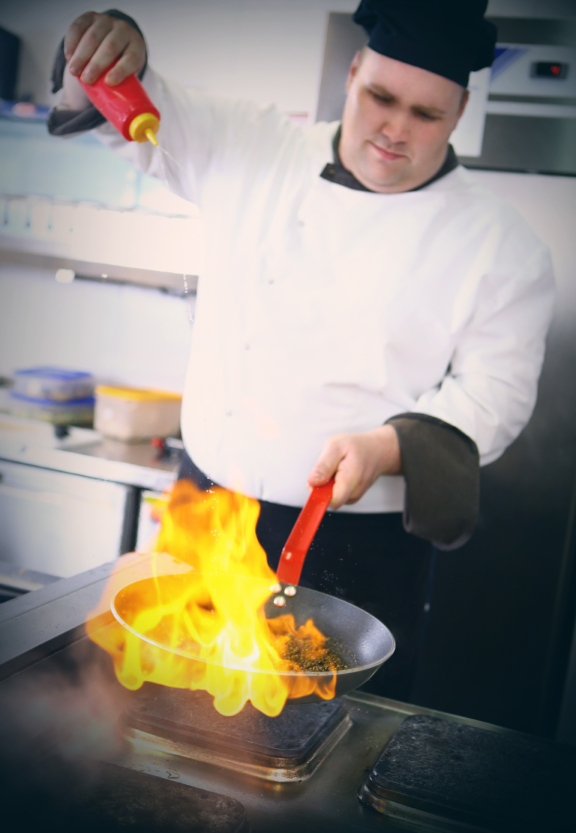By their very nature, restaurants present significant exposures regarding potential losses. That’s why owners and operators appreciate insurance companies surveying, or inspecting, their properties to find ways to prevent losses. Here are several safety controls you should have in place to help prevent or minimize losses at your restaurant.

Property
The primary concern is that commercial cooking exposures are properly safeguarded and controlled. If your restaurant has commercial cooking equipment that produces grease-laden conditions, you need a UL300-compliant fire suppression system to protect the cooking surfaces and exhaust ductwork. This fire protection system and the exhaust hood and ductwork should be professionally serviced by fire protection firms twice a year. A K-rated fire extinguisher should also be within 30 feet of the cooking equipment. Your servicing fire protection professional can also point out other necessary safety controls to adequately safeguard against commercial cooking fires.
Liability
The internal design and layout of your restaurant should offer smooth and level walking surfaces to prevent customers from slipping, tripping, and falling. Any time there’s a change in elevation, handrails should be provided for customers to hold on to. Other safety controls include using contrasting colors to more easily identify elevation changes, painting the edges of stairs so customers see each one more clearly, accent lighting to spotlight an exposure, and possibly a warning sign if it’s warranted. All these are great tools to prevent customers, especially elderly patrons, from falling to the ground level. If your restaurant is open after daylight hours, it should have emergency lighting in case of a power outage, and well-lit exit signs so customers can safely make their way out of the building in an emergency.
Automobile
Fleet exposures may come into play if your restaurant delivers food. There should be a minimum age requirement and a driving record requirement for drivers. It’s wise not to guarantee delivery times since this promotes unsafe driving; drivers will speed to make delivery by the deadline. Unsafe driving can also affect your restaurant’s reputation since delivery vehicles often carry identifying signs that serve as a form of advertising. If your delivery drivers use their own vehicles, their insurance coverages should meet or exceed your restaurant’s limits; keep certificates of insurance on file to confirm automobile liability coverages are in place for delivery vehicles.
This blog was written by John Moake, a Loss Prevention Representative for West Bend.




